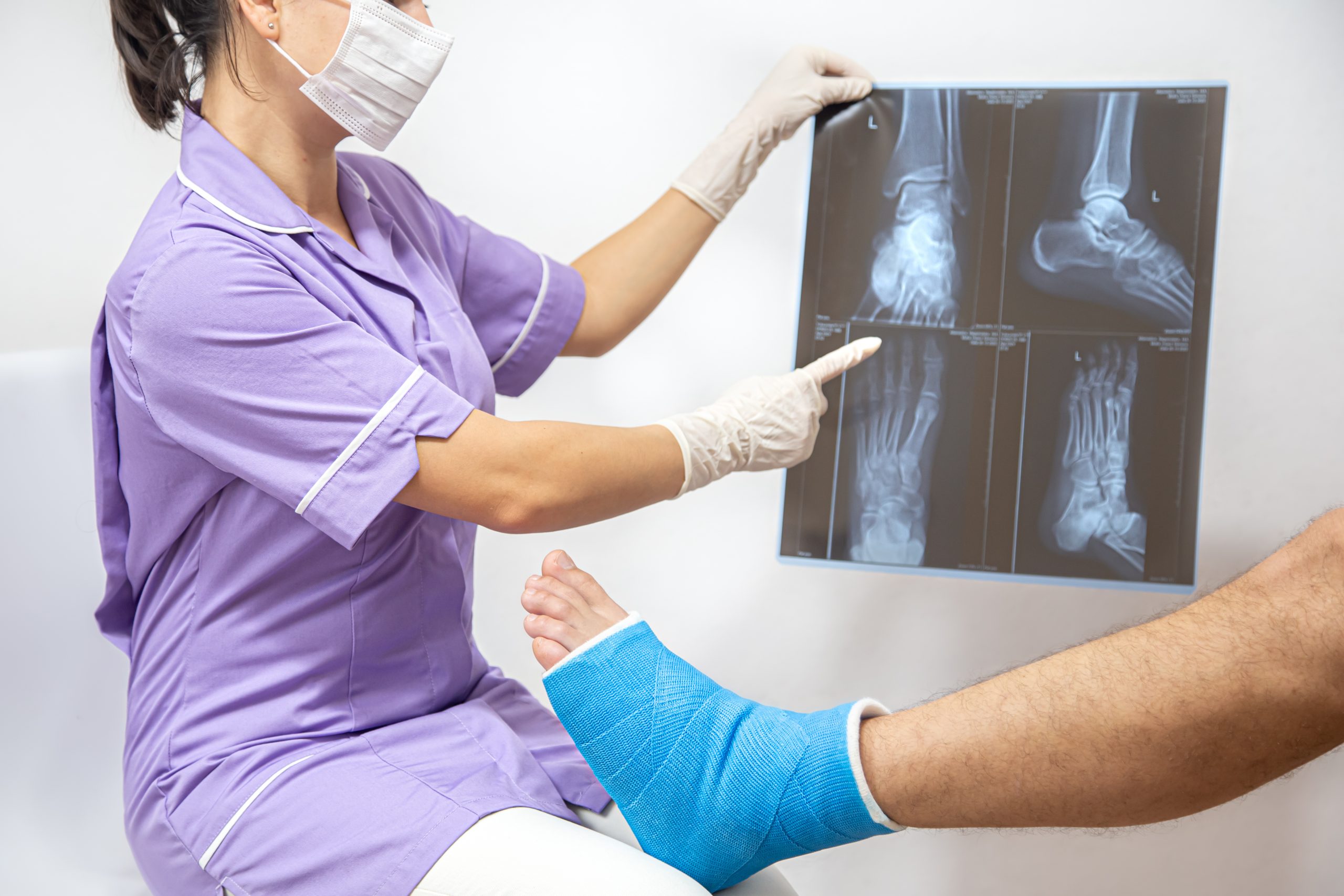

The University of Technology Sydney (UTS) researchers analyzed the extent to which bone fractures can cause premature death and developed a publicly available tool that doctors and patients can use to calculate risk.
“‘Skeletal Age’ for mapping the impact of fracture on mortality” was just published in the journal eLife.
The investigators discovered that a bone fracture was connected with a loss of one to seven years of life, depending on gender, age, and bone site, in a survey of more than 1.6 million persons.
The researchers established the notion of “Skeletal Age” as a novel measure for analyzing the impact of fractures on mortality based on this discovery and previous research undertaken by Professors John Eisman, Tuan Nguyen, and Jacqueline Center at the Garvan Institute.
The metric has been put into an online bone fragility calculator to assist doctors and patients in better understanding the severity of bone fractures.
BONEcheck aims to promote awareness about osteoporosis and lower the risk of premature mortality.
Distinguished by UTS According to the project’s head, Professor Tuan Nguyen, the danger of premature death is especially significant for patients who suffer a hip fracture, with 30% of patients dying within a year of the fracture.
Other forms of fractures, on the other hand, increase the risk of premature death.
“Although a bone fracture can reduce a person’s lifespan, patients who suffer from a fracture don’t fully understand this reality,” he said.
The Skeletal Age tool seeks to offer patients with a better knowledge of the hazards associated with bone fractures by assessing the average reduction in life expectancy.
“With greater awareness of these risks, doctors and patients will be more likely to take preventive measures to reduce the risk of premature death,” said Nguyen.
Dr. Thach Tran, co-lead author on the paper, said that currently, doctor-patient communication of fracture risk involves the use of probability.
“A disadvantage of probability is that it can be hard to comprehend, with patients often perceiving a 5% risk of death following a hip fracture over a 5-year period as a 95% chance of surviving a hip fracture.”
“The Skeletal Age tool provides an alternative approach to informing patients of their fracture risk. For example, instead of informing a 60-year-old woman that her risk of death following a hip fracture is 5%, she can be informed that her skeletal age is 65.”
Distinguished Professor Nguyen says the development of the Skeletal Age tool is a major breakthrough in the prevention of premature death associated with osteoporosis.
“With this new tool, doctors and patients can work together to reduce the risk of bone fractures and ensure better bone health for all.”
more recommended stories
 Precision Oncology with Personalized Cancer Drug Therapy
Precision Oncology with Personalized Cancer Drug TherapyKey Takeaways UC San Diego’s I-PREDICT.
 Iron Deficiency vs Iron Overload in Parkinson’s Disease
Iron Deficiency vs Iron Overload in Parkinson’s DiseaseKey Takeaways (Quick Summary for HCPs).
 Can Ketogenic Diets Help PCOS? Meta-Analysis Insights
Can Ketogenic Diets Help PCOS? Meta-Analysis InsightsKey Takeaways (Quick Summary) A Clinical.
 Silica Nanomatrix Boosts Dendritic Cell Cancer Therapy
Silica Nanomatrix Boosts Dendritic Cell Cancer TherapyKey Points Summary Researchers developed a.
 Vagus Nerve and Cardiac Aging: New Heart Study
Vagus Nerve and Cardiac Aging: New Heart StudyKey Takeaways for Healthcare Professionals Preserving.
 Cognitive Distraction From Conversation While Driving
Cognitive Distraction From Conversation While DrivingKey Takeaways (Quick Summary) Talking, not.
 Fat-Regulating Enzyme Offers New Target for Obesity
Fat-Regulating Enzyme Offers New Target for ObesityKey Highlights (Quick Summary) Researchers identified.
 Spatial Computing Explains How Brain Organizes Cognition
Spatial Computing Explains How Brain Organizes CognitionKey Takeaways (Quick Summary) MIT researchers.
 Gestational Diabetes Risk Identified by Blood Metabolites
Gestational Diabetes Risk Identified by Blood MetabolitesKey Takeaways (Quick Summary for Clinicians).
 Phage Therapy Study Reveals RNA-Based Infection Control
Phage Therapy Study Reveals RNA-Based Infection ControlKey Takeaways (Quick Summary) Researchers uncovered.

Leave a Comment